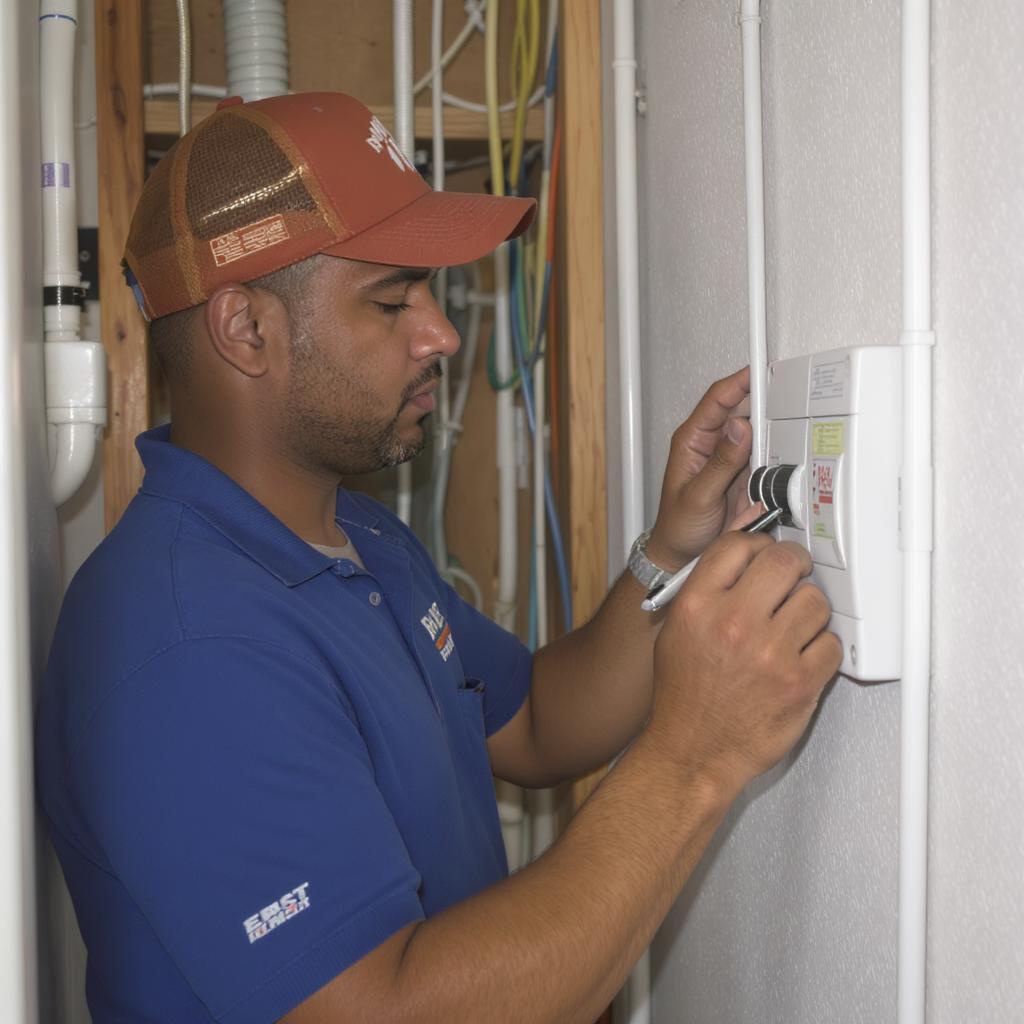Simplifying the Process of Addressing a Tripped HVAC Breaker in Brownsville, TX

Simplifying the Process of Addressing a Tripped HVAC Breaker in Brownsville, TX
Imagine it's a hot summer afternoon, and you suddenly notice that your air conditioning isn't cooling as it should. After checking the thermostat, you realize there's no airflow at all. This concern often leads homeowners to wonder if there's an issue with the HVAC system or if something has simply tripped a breaker.
Understanding HVAC Systems and Breakers
HVAC systems rely on electricity to function properly, and that electricity is delivered through circuit breakers. These breakers act as safety mechanisms, cutting off power when there’s a fault, preventing potential damage to the system or even electrical fires. A tripped breaker can indicate an overload or a short circuit, which may be caused by various factors.
Common Causes of a Tripped Breaker
Several issues can lead to your HVAC system's breaker tripping. An air conditioner working harder than normal, possibly due to dirty coils, blocked filters, or even mold buildup, can cause this situation. Additionally, old wiring or an undersized circuit can also be culprits, particularly in areas like Brownsville, TX, where heavy summer usage is common.
Steps to Resolve the Issue
While it's important to be cautious, addressing a tripped breaker can often be a straightforward process. The following steps can help:
- First, turn off the HVAC system at the thermostat or switch.
- Next, locate your circuit breaker panel and find the breaker corresponding to your HVAC unit.
- Switch the breaker to the “off” position, then back to “on.”
- If the breaker holds, turn the thermostat back to your desired setting and observe for proper operation.
If it trips again, it may indicate a more serious underlying issue that requires professional assistance.
When to Seek Help
It’s advisable to contact a technician if the breaker continues to trip after being reset, as ongoing issues could signify larger electrical problems within the home or a failing HVAC component. Regular maintenance can also prevent these issues, ensuring that your system runs efficiently and safely.